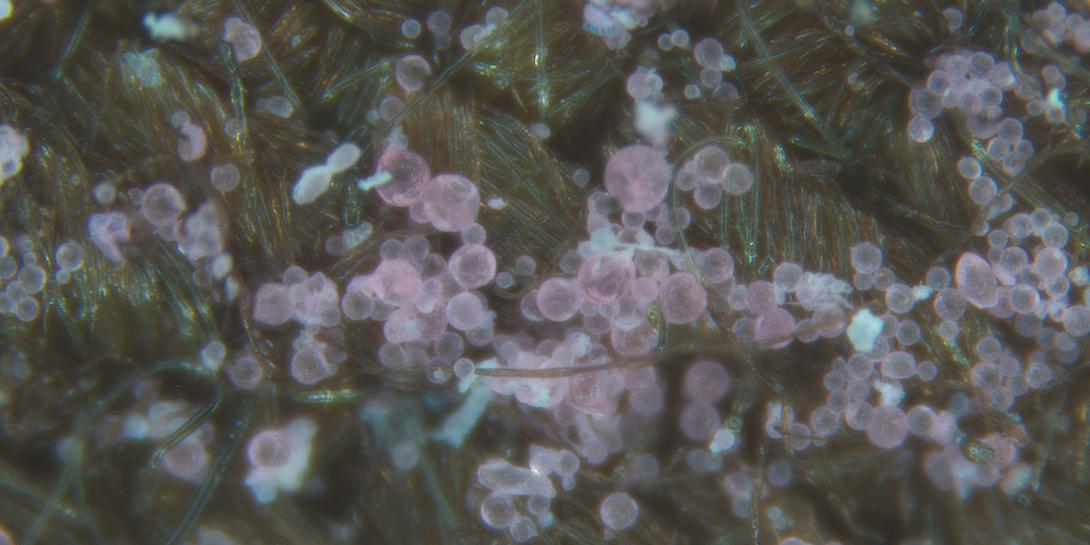Defense Looks to Spawn a New Fiber Age
The U.S. Defense Department is teaming with the Massachusetts Institute of Technology (MIT) on a manufacturing initiative to create a new high-technology infrastructure in fiber and textile manufacturing. A broad range of products will emerge from these new fiber technologies, which will revolutionize items ranging from clothes to building materials.
U.S. Secretary of Defense Ash Carter announced the nonprofit research and development consortium, known as the Advanced Functional Fabrics of America (AFFOA) Alliance, at MIT, which organized the consortium and will serve as its headquarters. It currently comprises 89 universities, manufacturers and nonprofit organizations.
This effort aims to create a new industry based in the United States that will resuscitate the shrinking textiles sector with a new high-technology definition—High Textiles. Rafael Reif, MIT president, noted the United States lost its lead in textiles manufacturing to countries that have built their economies on their work forces. Innovation remains a distinctive U.S. advantage, Reif noted, and the AFFOA effort should spawn a fabric revolution enabled by manufacturing. “These are no ordinary textiles,” he pointed out.
“Today, we introduce you to the Internet of fabrics—digitally connected,” Reif declared.
The consortium brings together nontraditional partners to integrate fibers and yarns with integrated circuits, LEDs and solar cells, among many technologies. This would create functioning fabrics that could hear, see, sense, communicate, store energy, regulate temperature, monitor health and change color, for example.
Diverse technology companies such as Bose, Intel and FibeRio are joining textile firms such as Warwick Mills, Buhler Yarns and New Balance to transfer technologies and advance the state of the art in manufactured fiber. Targeted advances include military uniforms with sensors embedded in their fabrics that would detect chemical hazards, monitor soldiers’ health and even detect tears in parachute materials. Carter noted at the announcement that emergency responders such as firefighters will wear clothes that are more protective and monitor their status but weigh the same or less than current gear. In construction, new fibers will strengthen walls while reducing building costs.
“This is a pioneering field,” Carter said. “We don’t know all the advances this new technology is going to make possible. That is why America’s military must get there first.”
The U.S. Army Contracting Command–New Jersey Emerging Technologies contracting center is managing the agreement, which includes funding of more than $317 million dollars—$75 million from the Defense Department.





Comments